We recently published a series of six articles looking at the future of experience design for emerging technologies. For those of you who like to sit down and think for awhile about things, we've packaged them up right here so you can take them all in at once, or find any you may have missed.
UX for Emerging Technologies
Whether we're struggling with fear and loathing in reaction to genetically altered foods, the moral issues of changing a child's traits to suit a parent's preferences, the ethics guiding battlefield robots, or the societal implications of a 150-year extended lifetime, it's abundantly clear that the future of experience design will be to envision humanity's relationship to technology and each other.
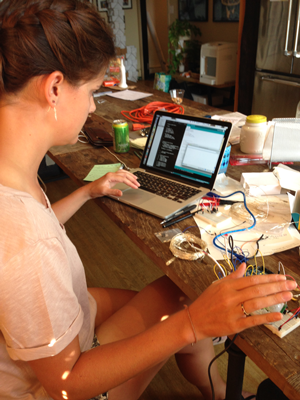
Engineer Amy Loomis programs an Arduino to control lights with a motion sensor.
Genomics and Synthetic Biology
The challenges inherent in genomics and synthetic biology are far too great for an individual to encompass the requisite cross-domain knowledge. For this kind of work, a multi-disciplinary team of scientists, engineers, and designers will be best positioned to understand and leverage these technologies—and it is crucial that these creative disciplines evolve together.
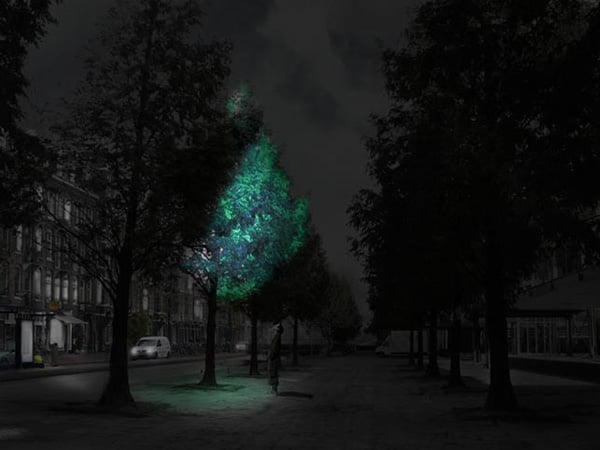
Studio Roosegaarde's visualization of a light-emitting tree with a bio-luminescent coating, as seen on Dezeen.com
Robotics
In the near term, robots are ideal for jobs that are repetitive, physically demanding, and potentially hazardous to humans. There are immediate, significant opportunities for using advanced robotics in energy, health, and manufacturing. Designers working in robotics will need to help identify the major challenges in these areas and seek proactive solutions—not an obvious or easy task.
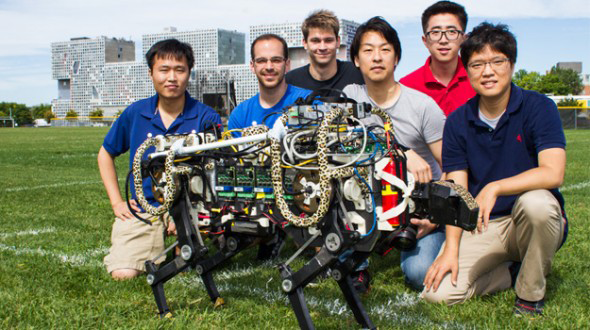
MIT cheetah-bot experiment in Briggs Field. (From left) Sehyuk Yim, Joao Luiz Almeida Souza Ramos, Wyatt L Ubellacker, Sangbae Kim, Xu Sun, and Hae Won Park. Photo: Jose-Luis Olivares/MIT.
UX for the IoT: Connected Environments and Wearables
If we consider that systems, software, and even objects will require design input on multiple levels, we can see the tremendous opportunity resident in the IoT and wearables. Increasingly, designers will also need to be system thinkers. As we begin considering technologies like the IoT, wearables and connected environments, the design of the ecosystem will be just as important as the design of the product or service itself.
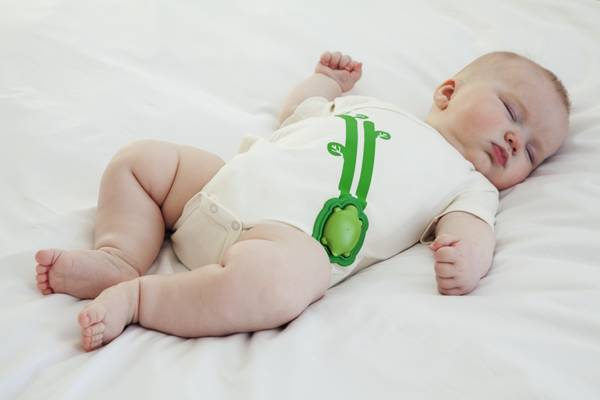
The Mimo baby monitor from Rest Devices allows parents to get real-time audio and insights about their baby’s sleep activity, on their smartphones, from anywhere in the world.
3D Printing / Additive Fabrication
Custom production using additive manufacturing techniques promises to disrupt many industries, from construction to food to medicine. Additive fabrication makes it possible to apply the same rapid and flexible process of ideation, creation, testing, validation, and iteration to physical products that used to be reserved for the realm of digital development.
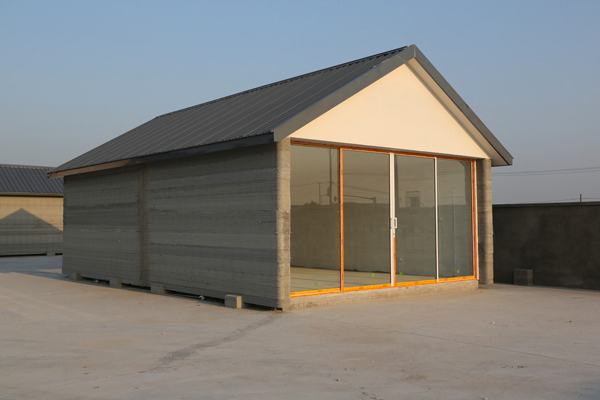
The walls of this house were constructed using a massive construction-grade 3D printer. (Photo courtesy WinSun.)
UX Evolution
We need experience design to help frame our interactions with emerging technologies that are already racing ahead of our ability to process and manage them on an emotional, ethical, and societal level. Experience design will be a critical to tie the technology to human use.
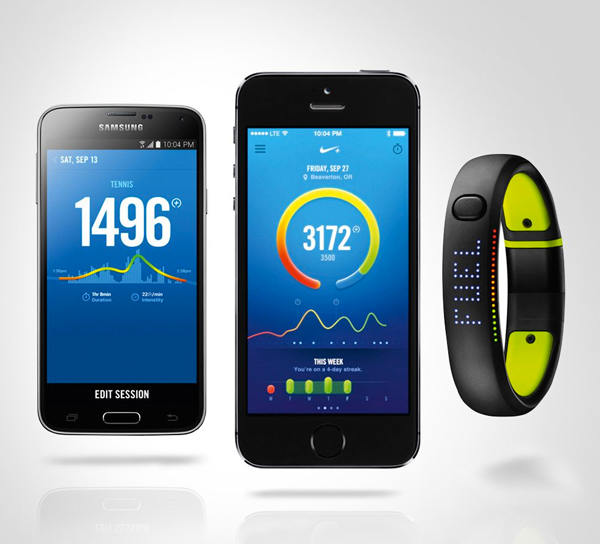
The Nike+ Fuelband and accompanying mobile application represent a first wave of technology embedded into the infrastructure of our lives.